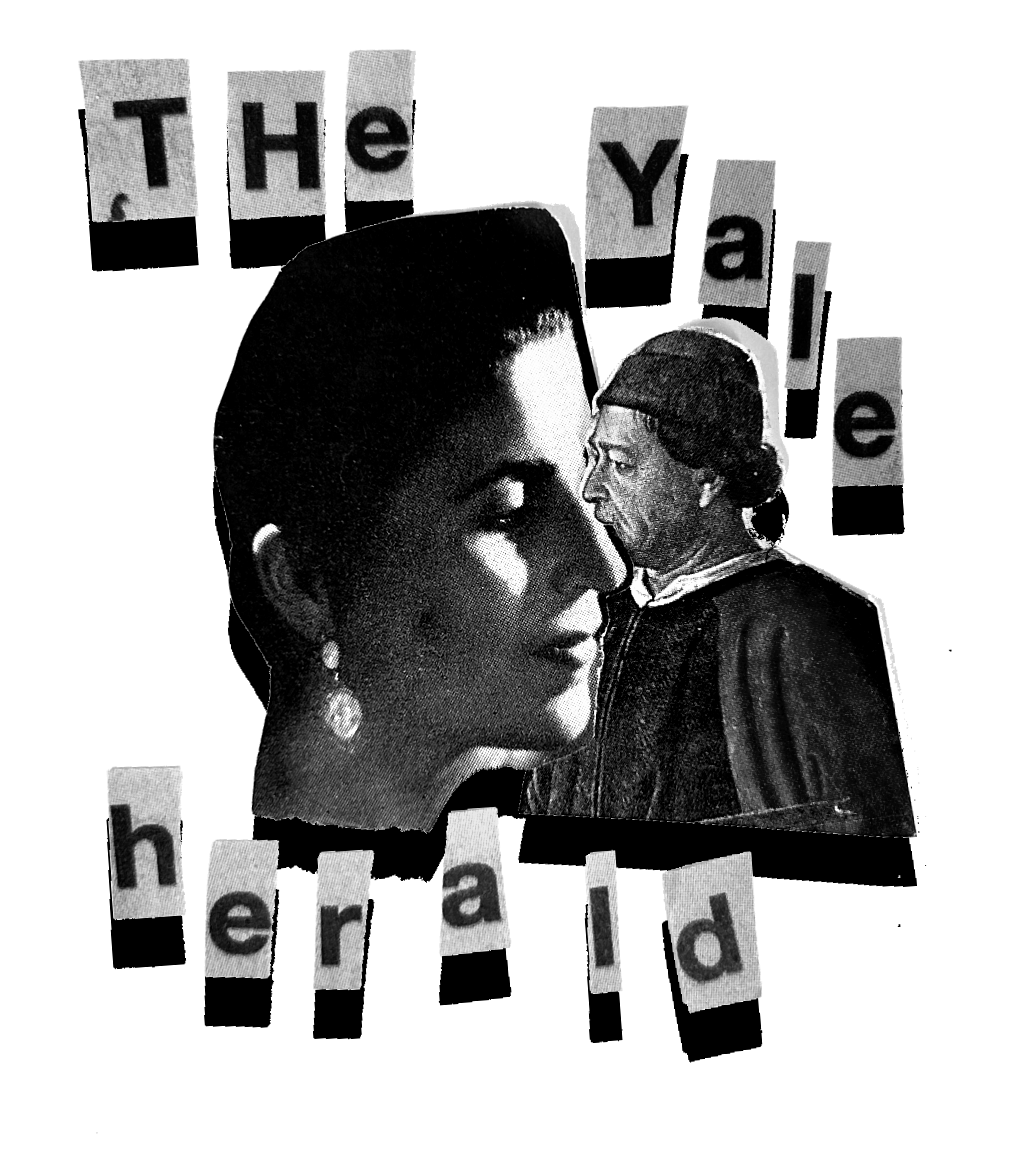I pick my room apart, my clothes strewn all across the floor. A mess, much like my psyche: drawers are filled to the brim, closet doors are left wide open, walls are stripped of their posters, childhood toys and decor are stuffed in boxes. Ordinary, “un-aesthetic” items like tissue boxes have no place in this pristine world I seek to build. As a result, this fate awaits them: a lifetime tucked away in one of my dresser drawers, despite how impractical that may be for 4 a.m. Sarah who wakes desperately needing to blow her nose.
This violent urge to deeply inconvenience myself, to exile sweet and wholesome memorabilia from my childhood to dark and dusty corners is not innate, nor is it something that is specific to me. Rather, it is an urge that has been fuelled by a particular strain of the Internet’s long-term obsession with image. This strain transcends appreciation for what is conventionally attractive and instead turns into an obsession with carefully curated identities and lifestyles. These manifest themselves beyond just room decor and percolate into virtually every facet of a person’s life: their outfits, pets, the movies they watch, the music they listen to, their job, and even their friends.
The first internet platform to serve as an arena for this fascination with “aesthetics” was Tumblr. This ancestral social media app led to the birth of the “Tumblr aesthetic” wave featuring marble, fields of sunflowers, variations of sunsets with palm trees drawn on them, galaxies, and graphic design illustrations not limited to butterflies and smiley faces. Often, quotes that attempted to provide some deep insight into the world were inscribed over these backgrounds.
Though Tumblr played an important role in beginning to define something that is “aesthetic” and introduced the word into everyday internet language, I would argue that Pinterest—and later TikTok—took up Tumblr’s torch and pushed the meaning of “aesthetic” to its limit. Pinterest rapidly became a place for people to upload photos of themselves, their outfits, homes, rooms, and, more generally, their lives. Like many, I find a lot of inspiration in Pinterest and enjoy the creative expression that it allows. I pin photos I want to come back to later and organize them into boards for convenience, creating mosaics of things I enjoy. It’s a fun pastime.
But this pastime has quickly become constrained by the notion of “aesthetics.” Mixing and matching styles is considered blasphemous, and the requirement that people conform to one image is now customary. People succumb to the need to fit into a preconceived idea of a style—a style that is often defined by online others, thereby inhibiting one’s ability to express individuality.
Beyond that, people are unable to appreciate fashion and decor without utilizing the “aesthetics” framework. Under every other photo is the comment “What aesthetic is this?” The person commenting this understandably wants to assign a label to the style they observe so that they can navigate Pinterest and find more images to curate their personal style. But why are these questions appearing under photos of outfits that featured jeans and a white tank top? It’s literally jeans and a tank top. How do you even define that?
The first prominent, clearly defined aesthetic on TikTok was the VSCO girl. She’s defined by her Hydroflask water bottle, her irrational obsession with metal straws, and her inability to go more than 5 seconds without screaming “Save the turtles!” or making the “sksksksks” sound that haunts many of us to this day. This aesthetic took the Internet by storm, quickly turning into a meme, and turning the girls identifying with it into stereotypes.
Soon thereafter the world of aesthetics quickly spiraled out of control. Subsequent aesthetics have ranged from relatively intuitive labels like goth, e-girl, y2k, and 90s to hyper-specific and frankly nonsensical identities like pilates princess, coquette girl, rat girl, plant mom, coastal granddaughter, and warm girl. Yes, really. And no, I don’t know what they all mean either.
Internet subcultures and identities can be fantastic places for people to connect over things that they mutually enjoy. However, when aesthetics become all-consuming, restrictive, and exclusive, criticism naturally emerges.
Internet disapproval of aesthetics finds basis in a variety of points. For example, conversations surrounding the vanilla girl aesthetic have pointed out that subscribers to the aesthetic appear to be exclusively skinny, blonde, white girls, and that anyone who doesn’t fit into those categories can’t be a vanilla girl. Likewise, criticism of the clean girl aesthetic has pointed out its use of the slicked-back bun and gold hoop earrings which many believe are trends that should be credited to the culture and style of women of color, not TikTok clean girls.
The obsession with aesthetics online also plays into a preexisting culture of overconsumption, since fitting into a given aesthetic usually involves purchasing a number of specific products (some people even provide shopping lists), and most likely throwing away much that you owned before… Not to mention that a new aesthetic emerges every few weeks, and when the entire Internet is raving over something, it’s easy to be influenced into throwing everything out and starting from scratch.
While I won’t stop making my Pinterest boards, redecorating my room as I please, and will continue to enjoy Internet subcultures I connect with, I’ll try to stay conscious of the ephemeral, restrictive, and unrealistic nature of aesthetic culture. And you should too.




